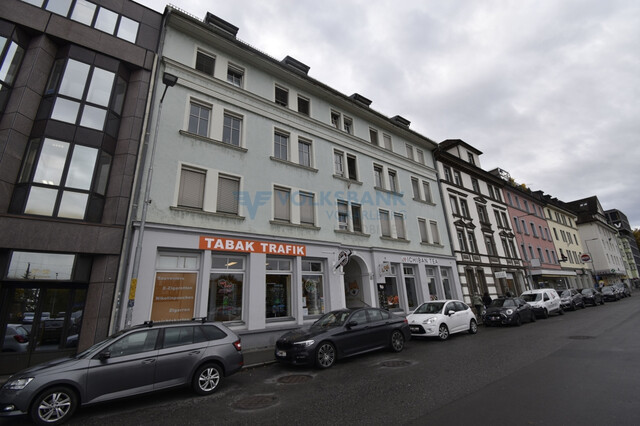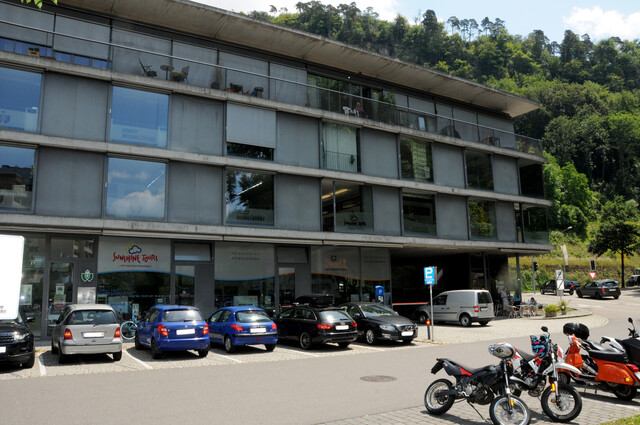In This Lower Austrian Town, Mammoths Were Slaughtered
Initial excavations in Langmannersdorf, which belongs to the municipality of Perschling, took place between 1904 and 1907 by the Natural History Court Museum. The site came to attention because residents of the village had been selling unusually large bones they found in the area to a soap factory for years. Systematic investigations at a new excavation site followed in 1919/20, during which two camps of mammoth hunters were discovered.
Humans Sorted Mammoth Components in Langmannersdorf
In February of this year, a team led by Marc Händel from the Austrian Archaeological Institute (ÖAI) of the ÖAW conducted new excavations slightly away from the historical sites as part of the European research project MAMBA ("Exploring Mammoth Bone Accumulations in Central Europe"). They discovered two zones about 15 meters apart with bones lying in several layers on top of each other, with stone tools or waste from the production of stone tools in between.
"In neither of the two zones are there fully preserved skeletons. In one area, there are the remains of at least three animals, including complete and segmented tusks, but almost no vertebrae and fewer long bones," Händel explained in an interview with the APA. It is possible that ivory was processed there and spearheads were made from it. In the other area, there was no ivory, but there were vertebrae and long bones from at least two mammoths. Ribs are missing in both areas. "So, the people somehow sorted," said the archaeologist.
There are also indications of Paleolithic settlement traces such as fireplaces and pits. "The dismemberment of a mammoth takes time. During this time, people stay there and leave traces," said Händel.
Perschling Valley in Lower Austria: Ideal Place to Ambush Mammoths
25,000 years ago, just before the peak of the last Ice Age, herds of mammoths roamed Central Europe. They evidently also used the present-day Perschling Valley near Langmannersdorf as a transit and grazing area. Händel points out that the landscape looked different back then and was more structured: "There was obviously an ideal place to intercept the mammoths. The people understood the animals and knew when they would move through this valley."
And this must have happened over a longer period, emphasizes the archaeologist, referring to the many animals that were hunted. "Of course, we don't know how many bones ended up in the soap factory, but we know the old finds that are in the Natural History Museum. Additionally, not everything has been excavated yet. We might end up with several dozen animals in total," says Händel. However, it is not possible to estimate how long hunting and butchering took place in Langmannersdorf based on the finds. For example, the stone tools currently being excavated do not differ in their technology from the old finds.
Most Recent Large Mammoth Bone Site in Central Europe
With its age of 25,000 years, Langmannersdorf is the most recent site with large quantities of mammoth bones in Central Europe. The project MAMBA investigates such sites in Poland, Czech Republic, and Austria to learn more about the hunting and utilization of woolly mammoths by humans and to trace the population development of this extinct elephant species.
In addition to analyzing the stone tools and butchering marks, the genetic material and isotopes from the teeth and bones of the animals are also examined. Furthermore, researchers are trying to understand the climatic and ecological changes that occurred between 35,000 and 25,000 years ago.
Currently, the recent finds are being processed scientifically at a branch of the ÖAI in Krems. They are then expected to be moved to the Natural History Museum in Vienna, with some also going to the local museum in Perschling.
(APA/Red.)
This article has been automatically translated, read the original article here.
Du hast einen Hinweis für uns? Oder einen Insider-Tipp, was bei dir in der Gegend gerade passiert? Dann melde dich bei uns, damit wir darüber berichten können.
Wir gehen allen Hinweisen nach, die wir erhalten. Und damit wir schon einen Vorgeschmack und einen guten Überblick bekommen, freuen wir uns über Fotos, Videos oder Texte. Einfach das Formular unten ausfüllen und schon landet dein Tipp bei uns in der Redaktion.
Alternativ kannst du uns direkt über WhatsApp kontaktieren: Zum WhatsApp Chat
Herzlichen Dank für deine Zusendung.








